
Leslie Richard Groves Jr. was a United States Army Corps of Engineers officer who oversaw the construction of the Pentagon and directed the Manhattan Project, a top secret research project that developed the atomic bomb during World War II.

Hugh John "Pat" Casey CBE was a major general in the United States Army. A 1918 graduate of the U.S. Military Academy at West Point, Casey served in Germany during the Occupation of the Rhineland. He later returned to Germany to attend the Technische Hochschule in Berlin, earning a Doctor of Engineering degree.
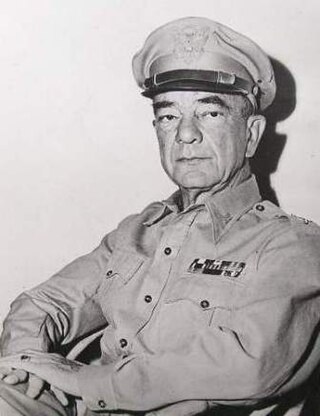
Daniel Isom Sultan was an American general. Sultan was born in Oxford, Mississippi, and graduated from the United States Military Academy in 1907. He entered the United States Army Corps of Engineers and rose through the ranks, teaching engineering at West Point from 1912 to 1916, before travelling to the Philippines. He oversaw construction of fortifications on various islands, and eventually was in charge of all US Army fortification work in the Philippines. He then served on the War Department General Staff and the general staff of the American Expeditionary Forces until 1922. Sultan led the Nicaragua Canal Survey and commanded American troops in the country from 1929 to 1931, when he returned to the United States and wrote a report on the canal.
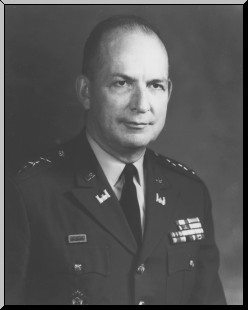
Frederick James Clarke was a civil and military engineer with the United States Army Corps of Engineers. Clarke was one of three commissioners appointed to run the District of Columbia from 1960 to 1963. He rose to the rank of lieutenant General as the Chief of Engineers.
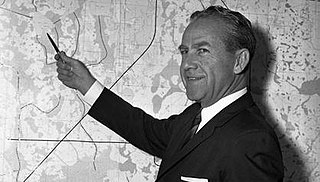
William Everett Potter was an American engineer and military officer who served as Governor of the Panama Canal Zone from 1956 to 1960. He was also involved in the logistics of the 1964 New York World's Fair and the construction of Walt Disney World.

Major General Thomas Francis Farrell was the Deputy Commanding General and Chief of Field Operations of the Manhattan Project, acting as executive officer to Major General Leslie R. Groves Jr.

Brehon Burke Somervell was a general in the United States Army and Commanding General of the Army Service Forces in World War II. As such he was responsible for the U.S. Army's logistics. Following his death, The Washington Post lauded him as "one of the ablest officers the United States Army has produced".

Brigadier General James Creel Marshall was a United States Army Corps of Engineers officer who was initially in charge of the Manhattan Project to build an atomic bomb during World War II.

Kenneth David Nichols CBE was an officer in the United States Army, and a civil engineer who worked on the secret Manhattan Project, which developed the atomic bomb during World War II. He served as Deputy District Engineer to James C. Marshall, and from 13 August 1943 as the District Engineer of the Manhattan Engineer District. Nichols led both the uranium production facility at the Clinton Engineer Works at Oak Ridge, Tennessee, and the plutonium production facility at Hanford Engineer Works in Washington state.
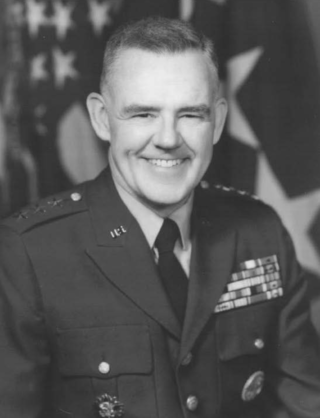
Ernest Graves Jr. was a United States Army officer who attained the rank of lieutenant general. A graduate of the United States Military Academy, where he was ranked second in the class of 1944, he commanded troops in Europe during World War II and in Vietnam during the Vietnam War. He served with a bomb assembly team with the Manhattan Project and was present at the Operation Sandstone nuclear tests in 1948. He was the Director of Military Application at the Atomic Energy Commission its successor, the Energy Research and Development Administration, from 1973 to 1975, the Deputy Chief of Engineers from 1977 to 1978, and the director of the Defense Security Assistance Agency from 1978 to 1981.

Wilhelm Delp Styer was a lieutenant general in the United States Army during World War II. A graduate of the United States Military Academy at West Point with the class of 1916, he was commissioned into the United States Army Corps of Engineers and served with the Pancho Villa Expedition and on the Western Front. Between the wars he obtained a degree in civil engineering from the Massachusetts Institute of Technology. He was executive officer and assistant district engineer of the New York Engineer District.
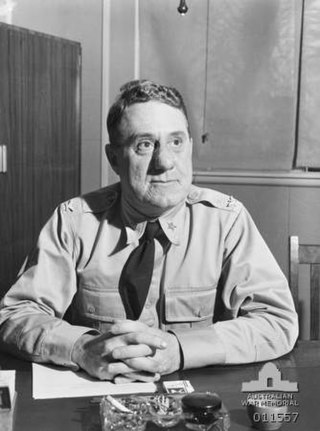
Stephen Jones Chamberlin was a lieutenant general in the United States Army who served during World War II as General of the Army Douglas MacArthur's Assistant Chief of Staff, G-3, the staff officer in charge of plans and operations.
Oliver Garfield Haywood, Jr., was a United States Army officer during World War II who served with the Manhattan Project. He transferred to the United States Air Force in 1947. After retiring from active duty in 1953, he became president and chief executive officer, and later chairman, of Huyck Corporation.
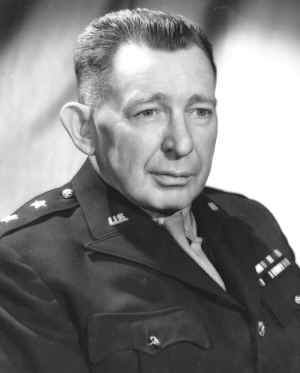
Robert McGowan Littlejohn was a major general in the United States Army who graduated from the United States Military Academy at West Point, New York, in 1912. He served with the Pancho Villa Expedition and on the Western Front during the First World War, and was Chief Quartermaster for the European Theater of Operations during the Second World War. For this service, he received the Distinguished Service Medal. Upon retirement from the Army in 1946, then President of the United States Harry S. Truman appointed him head of the War Assets Administration.

Frederick Gilbreath was a general officer in the United States Army who commanded the San Francisco Port of Embarkation and the South Pacific Base Command during World War II.

Virgil Lee Peterson was an Inspector General of the United States Army. Peterson graduated third in the United States Military Academy class of 1908, and much of his early career was spent in the United States Army Corps of Engineers, including serving as the district engineer of the Los Angeles District and commander of the 3rd Engineers.

Major General Ewart Gladstone Plank was a United States Army career officer who was a veteran of World War I and World War II. A graduate of the United States Military Academy at West Point, New York, he was ranked 44th in the class of 1920. He was commissioned in the Coast Artillery Corps, but later transferred to the Corps of Engineers. During World War II he commanded the Advance Section, Communications Zone (ADSEC).
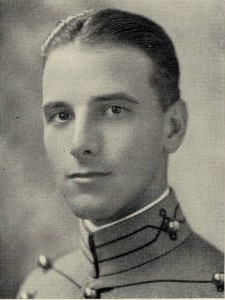
John Henderson Dudley was a brigadier general in the United States Army (USA). A graduate of the United States Military Academy at West Point class of 1930, he participated in the Manhattan Project and the campaigns in the Southwest Pacific Area during World War II.
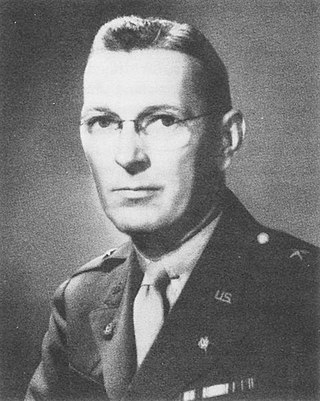
Brigadier General James Hobson Stratton was a United States Army officer who served in both World War I and World War II. Between the wars he was involved in the construction of the Conchas Dam and the John Martin Reservoir. During World War II he was the Chief of Engineering in the Office of Chief of Engineers and the Assistant Chief of Staff (G-4) of Communications Zone in the European Theater of Operations, United States Army (ETOUSA), the staff officer responsible for logistics planning. After the war he became a partner in Tippetts-Abbett-McCarthy-Stratton, a consulting engineering firm in New York, and directed the construction of the Tarbela Dam in Pakistan, the world's largest embankment dam, and the design of the Eisenhower Tunnel, the highest tunnel in the United States.

Major General Charles Philip Gross was a United States Army officer who served in World War I and World War II. During World War II he was the Chief of the United States Army Transportation Corps. A graduate of Sibley College at Cornell University and the United States Military Academy at West Point, New York, class of 1914, ranked third in the class, Gross was commissioned in the Corps of Engineers. During World War I he was awarded the Purple Heart for bravery in the fighting in the Gérardmer sector of the Western Front and commanded the 318th Engineer Regiment in the Meuse-Argonne Offensive. After the war he commanded an engineer battalion engaged in a survey of the Inter-Oceanic Nicaragua Canal. He became Chief of the Transportation Corps in July 1942. In this role, he attended the top-level wartime conferences in Quebec in 1943, and Malta, Yalta and Potsdam in 1945. He was Chairman of the New York City Board of Transportation from 1945 to 1947. He returned to active duty in Germany in 1948 during the Berlin Blockade, and was Land Commissioner of Württemberg-Baden from 1949 to 1952.




















